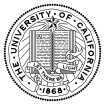
The University of California, San Francisco (UCSF) is a public land-grant research university in San Francisco, California. It is part of the University of California system and is dedicated entirely to health science and life science. It conducts research and teaching in medical and biological sciences.
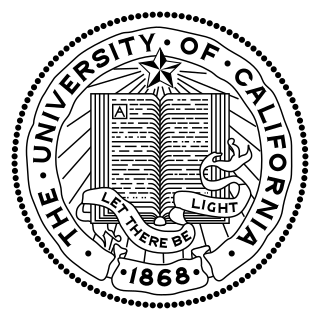
The University of California (UC) is a public land-grant research university system in the U.S. state of California. Headquartered in Oakland, the system is composed of its ten campuses at Berkeley, Davis, Irvine, Los Angeles, Merced, Riverside, San Diego, San Francisco, Santa Barbara, and Santa Cruz, along with numerous research centers and academic abroad centers. The system is the state's land-grant university. Major publications generally rank most UC campuses as being among the best universities in the world. In 1900, UC was one of the founders of the Association of American Universities and since the 1970s seven of its campuses, in addition to Berkeley, have been admitted to the association. Berkeley, Davis, Irvine, Los Angeles, Santa Barbara, and San Diego are considered Public Ivies, making California the state with the most universities in the nation to hold the title. UC campuses have large numbers of distinguished faculty in almost every academic discipline, with UC faculty and researchers having won 71 Nobel Prizes as of 2021.

The California State University is a public university system in California, and the largest public university system in the United States. It consists of 23 campuses and seven off-campus centers, which together enroll 457,992 students and employ 56,256 faculty and staff members. In California, it is one of the three public higher education systems, along with the University of California and the California Community Colleges systems. The CSU system is officially incorporated as The Trustees of the California State University, and is headquartered in Long Beach, California.

Richard Charles Blum was an American investor and the husband of United States Senator Dianne Feinstein. He was the chairman and president of Blum Capital, an equity investment management firm. Blum was on the boards of directors of several companies, including CB Richard Ellis, where until May 2009 he served as the chairman of that board. He was a regent of the University of California from 2002 until his death.

Clark Kerr was an American economist and academic administrator. He was the first chancellor of the University of California, Berkeley, and twelfth president of the University of California.

The University of California College of the Law, San Francisco is a public law school in San Francisco, California, United States. It was previously known as the University of California, Hastings College of the Law from 1878 to 2023.
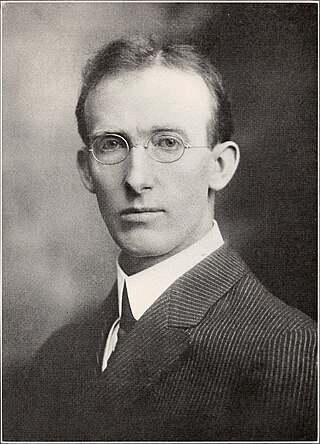
John Morton Eshleman was an American lawyer and politician from California. He was Lieutenant Governor of California from 1915 to 1916.
Samuel Merritt (1822–1890) was a physician and the 13th mayor of Oakland, California, from 1867 to 1869. He was a founding Regent of the University of California, 1868-1874. He was also a shipmaster and a very successful businessman; he died at age 68 with a reputation for being the most affluent man in Oakland.

A. Nathaniel ("Nat") Goldhaber is an American venture capitalist, computer entrepreneur and politician. Goldhaber helped found Maharishi International University and was special assistant to lieutenant governor William Scranton III and founder and chief executive of TOPS, a computer networking company. He served as president of the venture capital firm Cole Gilburne Goldhaber & Ariyoshi Management and was the founding CEO of CyberGold, an Internet marketing company that became a public stock offering in 1999. He was the 2000 U.S. vice president candidate for the Natural Law Party and serves as the managing director of Claremont Creek Ventures, an investment firm.
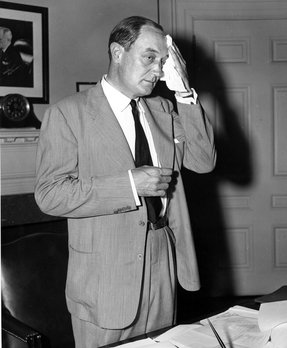
Edwin Wendell Pauley Sr. was an American businessman and political leader.
The history of the University of California, Riverside, or UCR, started in 1907 when UCR was the University's Citrus Experiment Station. By the 1950s, the University had established a teaching-focused liberal arts curriculum at the site, in the spirit of a small liberal arts college, but California's rapidly growing population made it necessary for the Riverside campus to become a full-fledged general campus of the UC system, and it was so designated in 1959.
The University of California, Los Angeles (UCLA) traces back to the 19th century when the institution operated as a teachers' college. It grew in size and scope for nearly four decades on two Los Angeles campuses before California governor William D. Stephens signed a bill into law in 1919 to establish the Southern Branch of the University of California. As the university broke ground for its new Westwood campus in 1927 and dissatisfaction grew for the "Southern Branch" name, the UC Regents formally adopted the "University of California at Los Angeles" name and "U.C.L.A." abbreviation that year. The "at" was removed in 1958 and "UCLA" without periods became the preferred stylization under Chancellor Franklin D. Murphy in the 1960s. In the first century after its founding, UCLA established itself as a leading research university with global impact across arts and culture, education, health care, technology and more.
The history of the University of California, Berkeley, begins on October 13, 1849, with the adoption of the Constitution of California, which provided for the creation of a public university. On Charter Day, March 23, 1868, the signing of the Organic Act established the University of California, with the new institution inheriting the land and facilities of the private College of California and the federal funding eligibility of a public agricultural, mining, and mechanical arts college.
John Harmon Charles Bonté (1831–1896) was a lawyer, Episcopal priest, and Secretary of the Board of Regents of the University of California from 1881-1896. He also held the offices of Land Agent, Superintendent of Buildings and Grounds, and Secretary of the Academic Senate. He was Professor of Legal Ethics at the University's affiliate, Hastings College of the Law. He worked tirelessly for the independence and advancement of the University for 15 crucial years in its early development.

Eleni Kounalakis is an American politician, businesswoman, and diplomat serving since 2019 as the 50th lieutenant governor of California. A Democrat, she is the first woman elected to the office and was United States Ambassador to Hungary from 2010 to 2013.
The University of California, Santa Barbara (UCSB) traces its roots back to the 19th century, when it emerged from the Santa Barbara School District, which was formed in 1866 and celebrated its 145th anniversary in 2011. UCSB's earliest predecessor was the Anna S. C. Blake Manual Training School, named after Anna S. C. Blake, a sloyd-school which was established in 1891. From there, the school underwent several transformations, most notably its takeover by the University of California system in 1944.

George David Kieffer is a Los Angeles–based lawyer, author, civic leader and composer. He is a past chair and member of the Board of Regents of the University of California. He is a principal co-author of the Los Angeles City Charter, adopted in 1999, and the author of The Strategy of Meetings. Two-time chair of the Board of Directors of the Los Angeles Area Chamber of Commerce, in 2000 and 2010 he was named one of the most influential lawyers in California by the Los Angeles and San Francisco Daily Journals. The Los Angeles Business Journal named Kieffer among the leaders in its August 2016 inaugural edition of "The Los Angeles 500: The Most Influential People in Los Angeles" and every year since.

The student regent is a position on the University of California Board of Regents created by a 1974 California ballot proposition to represent University of California (UC) students on the university system's governing board. Student regents serve an approximately one-year term as 'student regent-designate', followed by a one-year term as a full voting member of the Regents. The current Student Regent is Merhawi Tesfai, a graduate student from UCLA. The Regent-Designate is Josiah Beharry, a graduate student from UC Merced.
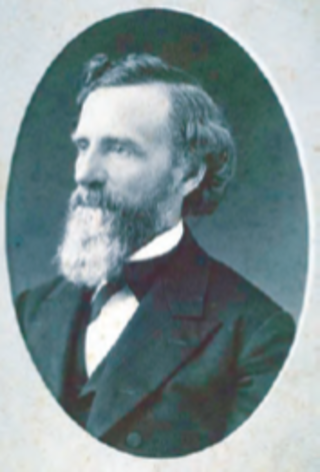
Edward Tompkins (1815–1872) was an American lawyer. He is best known for endowing a chair at the University of California where he had been elected to the board of regents.
Mimi Halper Silbert serves as the chairman of the board, president, and CEO of the Delancey Street Foundation, a residential educational community that provides ex-felons, sex workers, substance abusers, and others with academic, vocational, and social skills. Silbert was the developer of Delancey Street's headquarters, which houses 500 residents as well as of retail, educational, and recreational facilities.












